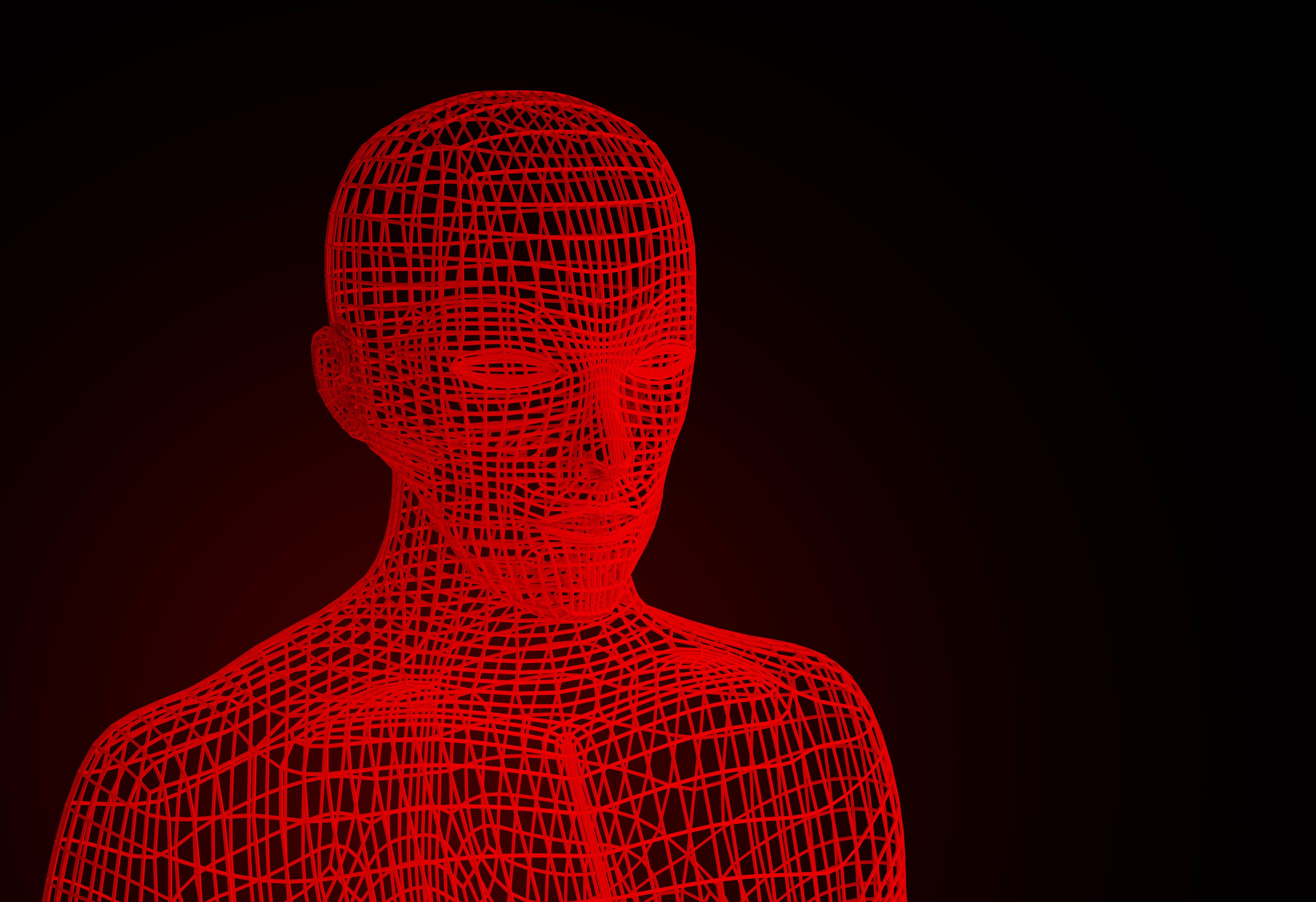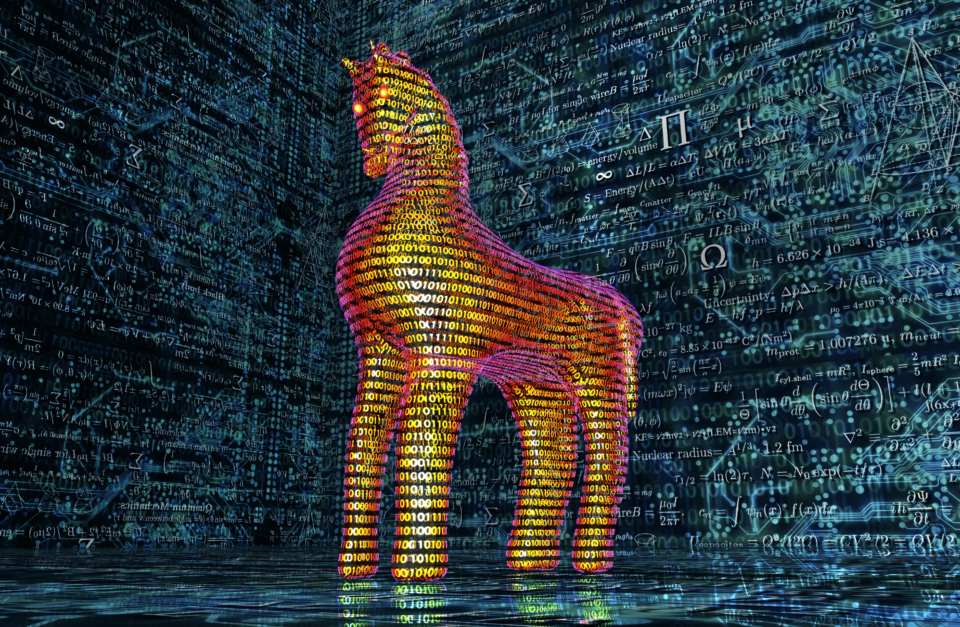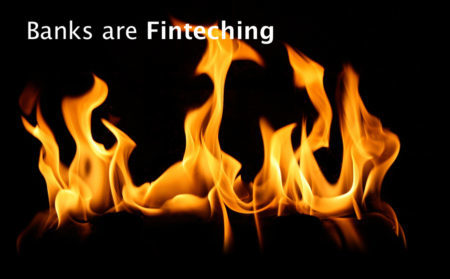It may seem odd that a marketer would take on a topic like this. You may wonder what experience I have in manufacturing and automation.
Fair question.
Well, I think marketing is everything. And by everything, I mean marketing is about knowing people and what motivates them.
And right now, for many workers, robotic automation means job replacement. We’ve watched many episodes of Star Trek and Planet of the Apes. Our collective consciousness has memory scars.
We have families to feed and tuition costs in our future. A pesky robotic thingy is far too perfect and precise compared to human requirements like sleep, food, and weekends off.
So I get it – scary stuff.
Automated manufacturing is here to stay – gulp
But robotic process automation (RPA) is here to stay. The use of robots or robotics allows us to process data (of all types) faster. And it includes programs that replace the need for humans to perform repetitive rules-based tasks.
RPA is an entry point to more complex and ambitious cognitive automation initiatives, which leverage natural language processing (NLP), machine learning (ML), advanced analytics, and cognitive chatbots.
To be more uplifting and not so darkly futuristic, maybe the blog topic should be: How to optimize a human workforce without robotics.
That’s daring.
How about let’s decide if that’s the correct title at the end of the blog.
Here goes
Automation is a great way to improve efficiency in the workplace, but it can also lead to issues.
Let’s explore some of the issues humans face as the robotic revolution unfolds. What happens to the human?
We’re in the age of automation. From our cars to our homes, most aspects of everyday life are now automated and running on computers. The Internet of Things (IoT) and the future demands for digital transformation represent significant unexplored horizons.
We aren’t in buzzword territory anymore. It’s real.
The same can be said for manufacturing processes as well. Automation has made it possible to produce more products in less time with fewer workers. But how does this affect human interaction? Does a highly automated process require humans at all?
According to economists, robots will take over 20 million manufacturing jobs by 2030.
Demand will continue to grow for robotics.
The paper, “Robots and Jobs: Evidence from U.S. Labor Markets,” which appears in the Journal of Political Economy, reveals interesting data. Given industry trends in robot deployment, manufacturing industries account for 70 percent of robots: automakers (38 percent of robots in use), electronics (15 percent), the plastics and chemical industry (10 percent), and metals manufacturers (7 percent).
Minimal Human Involvement
There’s a more immediate impact.
The future trends on robotics displace significant numbers of both blue- and white-collar workers. There are concerns that this will lead to vast increases in income inequality. Unskilled workers are especially vulnerable. At the extreme, when people are effectively unemployable, there’s a breakdown in the social order.
Alvin Tofler, in his 1970 best-selling book “Future Shock,” speaks about the trauma that happens as a result of going through great changes in a short period of time. Unpredictable change tends to overwhelm people. He argues that the accelerated technological and social change rate leaves people disconnected and suffering from “shattering stress and disorientation” – future shocked.
The new wave of robotics has caused high anxiety amongst laborers who fear losing their jobs or, even worse, becoming unemployable altogether.
The latest developments in technology have created something called “the robot revolution.” where robots replace humans.
Robotic automation: future shock?
I believe that human ingenuity will create new jobs, industries, and ways to make a living, just as it has been doing since the dawn of the Industrial Revolution. Actually, I think we humans have done it since our caveman days. The only constant thing is change. We adapt.
For many, it’s a great time to get into this new field.
But still, people will lose jobs. Hell, I’ve lost my job before. When the financial markets crashed, I had to reinvent myself as a marketer. It wasn’t entirely fun at the time.
But in the long run, it turned out to be real fun and rewarding. I jumped into marketing just as IoT was unfolding. I had an early Twitter account and didn’t even know how I suddenly set it up. There were only 140 characters allowed in a tweet. How archaic.
Essentially, the new era of digital marketers wandered down these online paths, and things suddenly happened. It was like entering a multicursal maze with walls of high hedges and little understanding of the destination in sight. Technology companies didn’t even know!
At the start of one big digital revolution, many paved the road while driving down it. Since then, we’ve indeed become more aware of UI/UX and customer success. We evolved.
But I digress.
What do robots taking over our jobs mean for all the displaced workers?
Robotics and a more optimistic outlook
Those centuries of fear-wrapped scars are like layers of sedimentary rock. Our fear that machines will take over the world makes us crumble, influenced by our reactionary lizard brains: fight or flight.
There’s one key we’ve been forgetting!
Remember how Frodo in the Lord of the Rings was not (as) susceptible to the One Ring that ruled them all? He represented innocence.
Remember Darth Vador, the evil creepster who turned back to the Light Side because of the connection with his children?
I don’t want to seem mushy here, but it’s our humanity or humanness that will triumph during the robot revolution.
On the bright side of all the inevitable disruption, robots can’t exist without humans.
Indeed, robots can perform those mundane tasks with precision and don’t require costly human things like vacations and health benefits. But businesses still need a human to make the rational decisions that robots cannot make.
The unskilled worker
An unskilled worker in an industrial complex will still need to monitor and manage operations and use rational thinking.
Sure, machines can get really close, but they don’t have a heart!
Well, not in our lifetime.
Humans have one more thing that robots do not have. Humans have, well, human emotions. Many of our decisions evolve from the input of our feelings.
Robots can’t touch that.
We can optimize a human workforce with robotics. And it’ll be ok.











